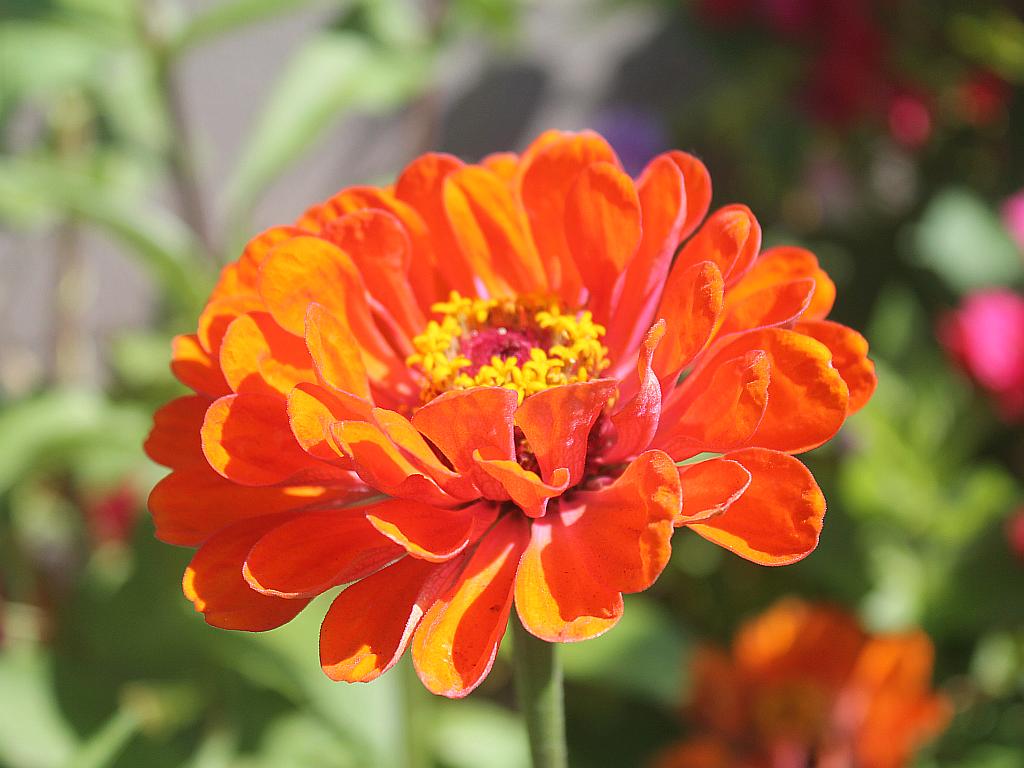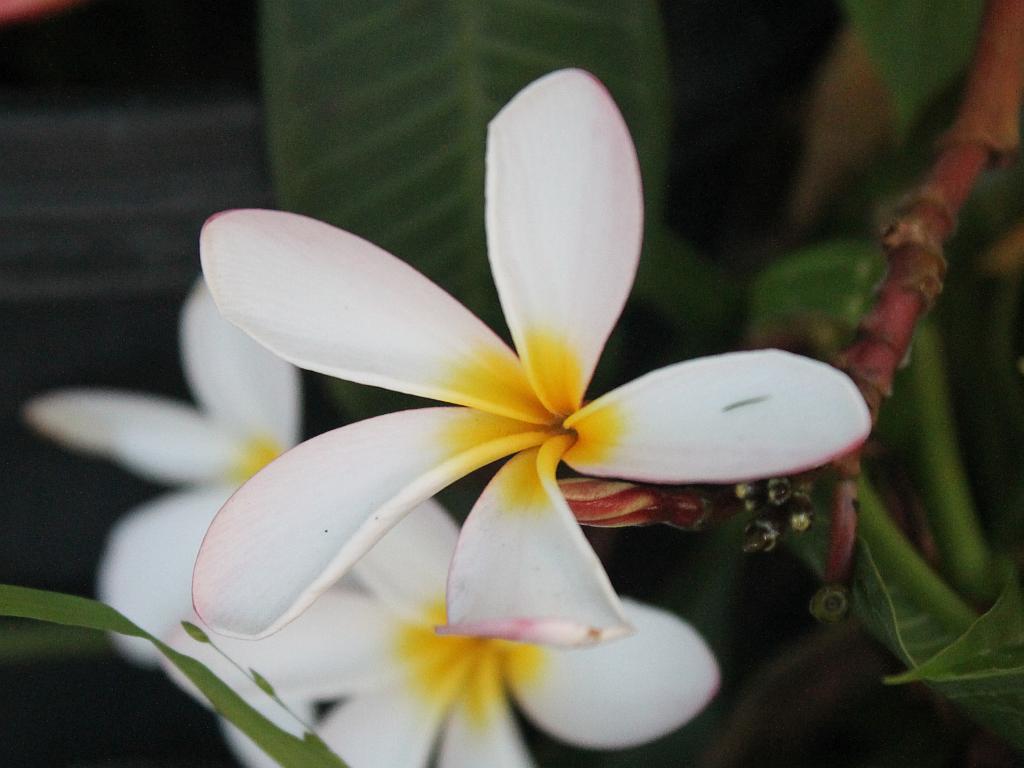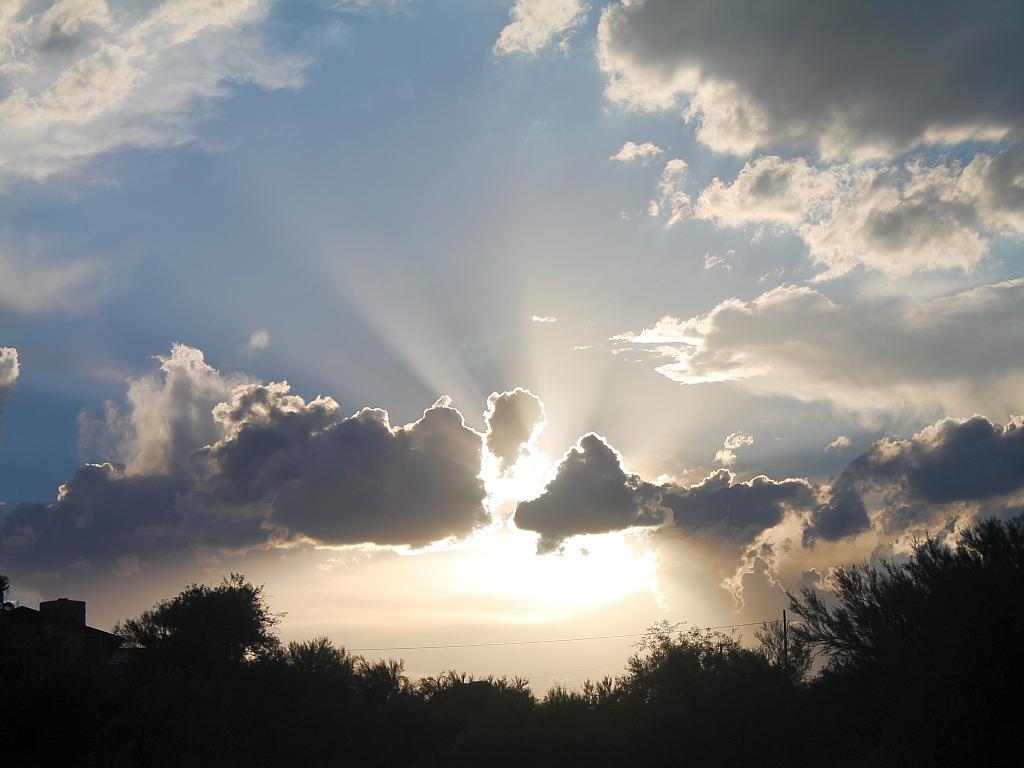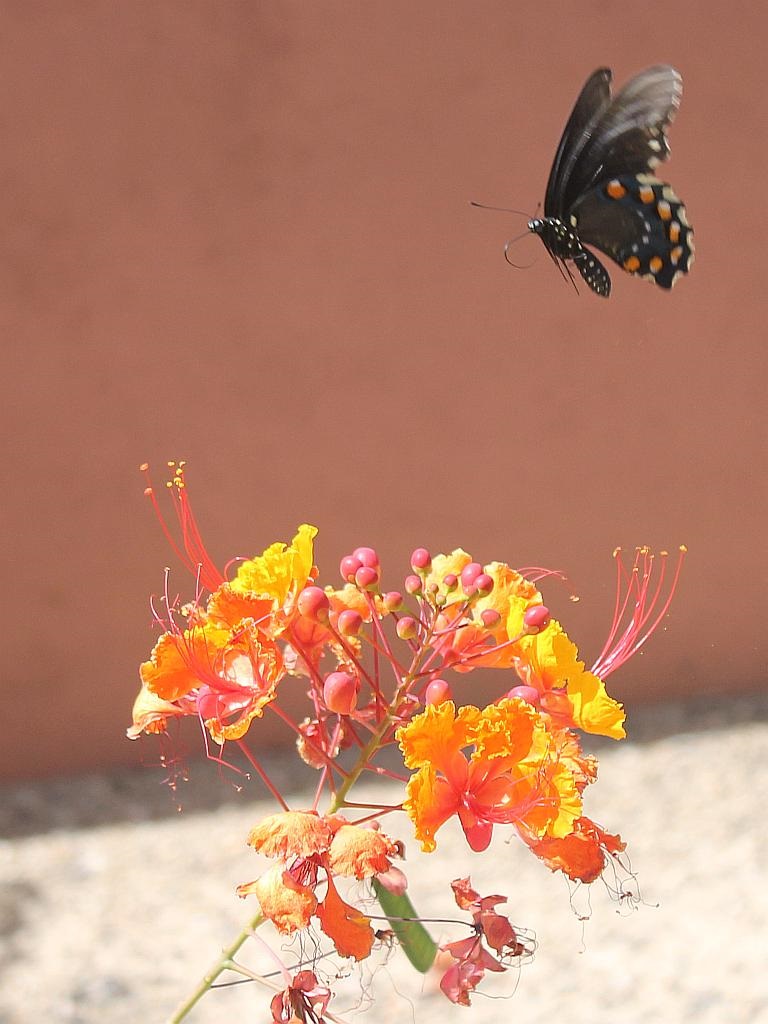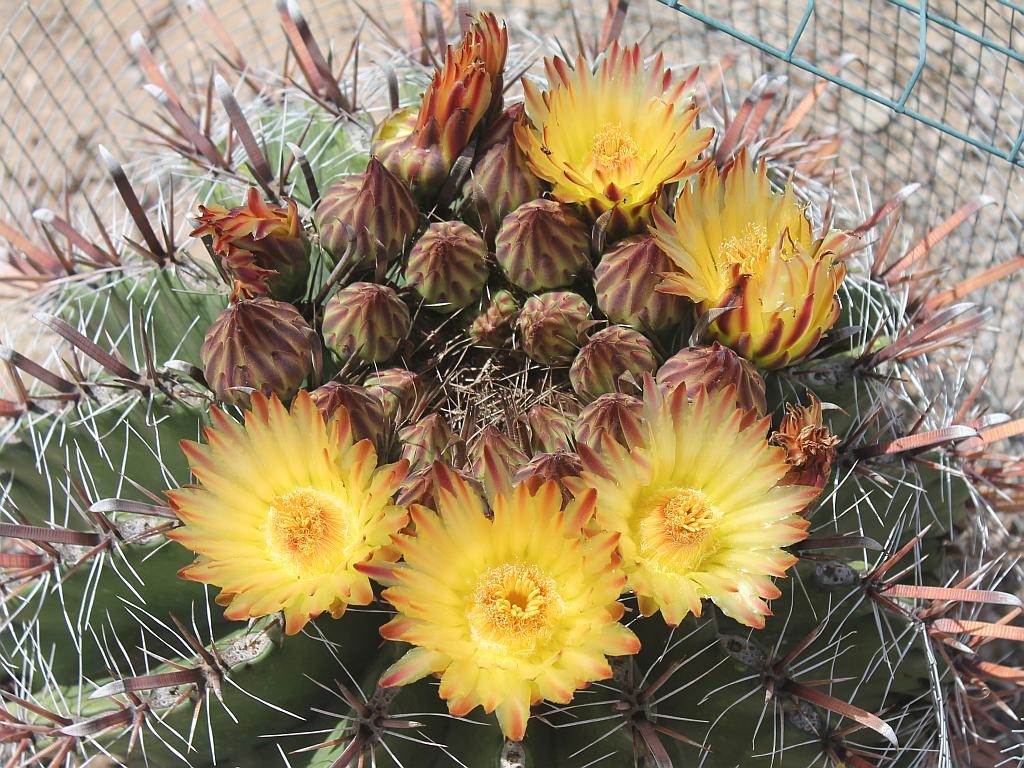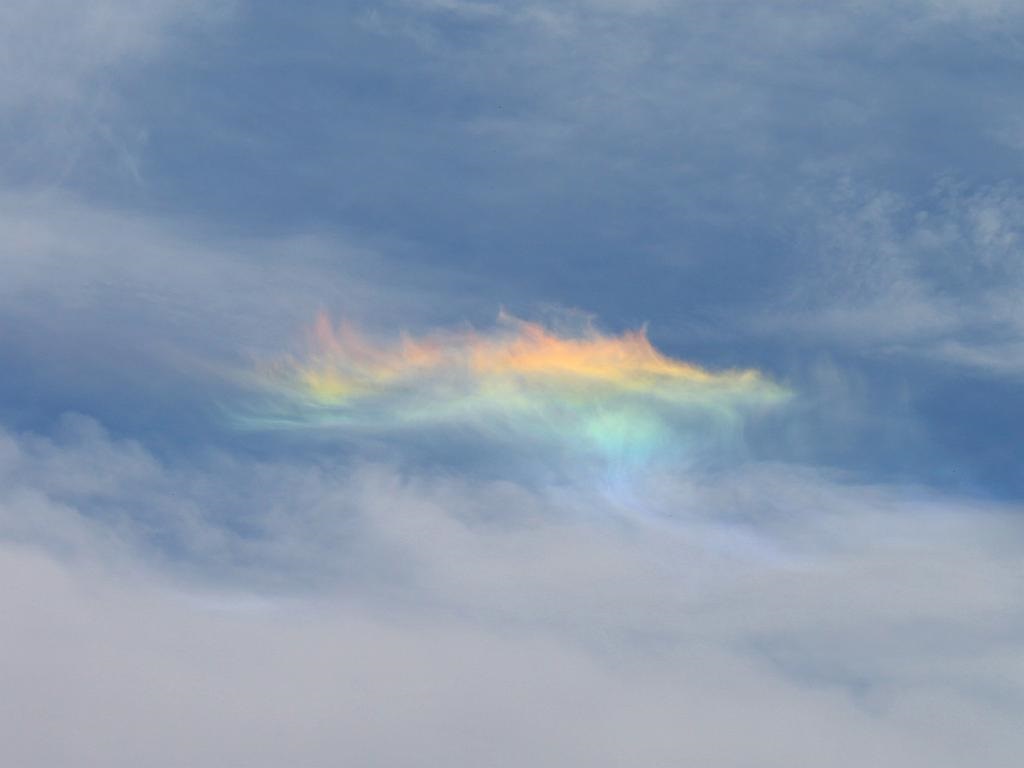Before we left Torrance this morning bound for Fresno, CA, we stopped at a convenience store to get ice for the cooler. Just outside the store, I noticed a small flower garden with Zinnias in several colors. I couldn’t resist pausing long enough to get a close-up of this orange beauty. Click on the image to enlarge.
We are spending the night here in Fresno on our way to Santa Rosa, CA, in order to be with our granddaughter on the occasion of her giving birth to our first great grandson. We will report further developments tomorrow when we arrive at the destination (a four hour plus drive from here).

